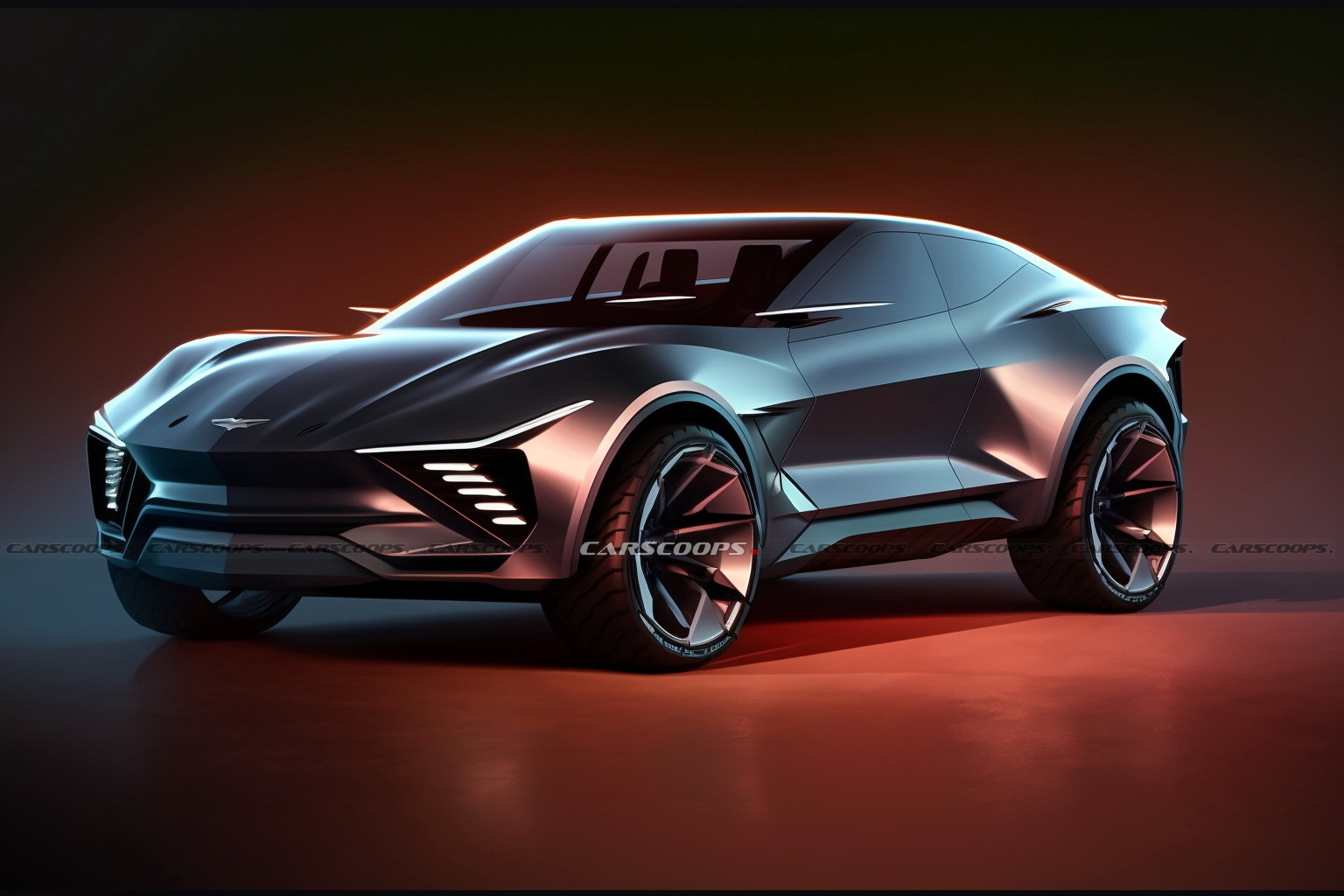Unveiling the Electrifying Price of the 2026 Chevy Corvette EV
Pricing Structure
The 2026 Chevy Corvette EV comes in three trim levels: Base, 2LT, and 3LT. The Base trim starts at $60,000, the 2LT starts at $70,000, and the 3LT starts at $80,000. All prices exclude destination charges and taxes.
The destination charge for the 2026 Chevy Corvette EV is $1,295. This fee covers the cost of shipping the vehicle from the factory to the dealership. Taxes will vary depending on the state in which the vehicle is purchased.
The 2026 Chevy Corvette EV is priced competitively with other electric vehicles in its segment. The Tesla Model S starts at $69,420, and the Porsche Taycan starts at $82,700.
Additional Costs and Fees
In addition to the base price, destination charge, and taxes, there may be other costs associated with purchasing a 2026 Chevy Corvette EV. These costs may include:
* Dealer fees: Dealerships may charge a variety of fees, such as a documentation fee, a processing fee, and a dealer preparation fee. These fees can vary from dealership to dealership.
* Financing fees: If you finance the purchase of your 2026 Chevy Corvette EV, you will be charged interest on the loan. The interest rate will vary depending on your credit score and the terms of the loan.
* Insurance: You will need to purchase insurance to cover your 2026 Chevy Corvette EV in the event of an accident. The cost of insurance will vary depending on the type of coverage you choose and your driving history.
Factors Influencing Price
The price of the 2026 Chevy Corvette EV is influenced by several key factors that determine the overall cost of production and consumer value. These factors include:
Battery Size and Range
The size and capacity of the battery significantly impact the price of an electric vehicle. Larger batteries with longer ranges require more expensive materials and manufacturing processes, driving up the overall cost.
Performance Specifications
The performance capabilities of the Corvette EV, such as acceleration, top speed, and handling, are determined by its powertrain, suspension, and other components. Higher-performance vehicles require more advanced and expensive engineering, increasing the cost.
Materials and Construction
The materials used in the construction of the Corvette EV, including the body, chassis, and interior, influence its weight, durability, and aesthetic appeal. Premium materials, such as carbon fiber and aluminum, are more expensive than traditional materials.
Technology and Features
The Corvette EV will likely be equipped with advanced technology and features, such as autonomous driving capabilities, advanced infotainment systems, and connectivity features. These features require specialized hardware and software, contributing to the overall cost.
Historical Context
The Chevrolet Corvette has a long and storied history, with a price tag that has fluctuated over the years. The first-generation Corvette, introduced in 1953, had a base price of $3,498. The price of the Corvette gradually increased over the years, reaching a peak of $51,245 for the 1996 model year.
The transition to an electric powertrain has had a significant impact on the price of the Corvette. The 2026 Corvette EV is expected to have a base price of $100,000, which is significantly higher than the price of previous generations of the Corvette.
Price Comparison
The following table compares the price of the 2026 Corvette EV to previous generations of the Corvette:
| Generation | Base Price |
|---|---|
| C1 (1953) | $3,498 |
| C2 (1963) | $4,096 |
| C3 (1968) | $4,695 |
| C4 (1984) | $20,638 |
| C5 (1997) | $37,490 |
| C6 (2005) | $44,035 |
| C7 (2014) | $55,495 |
| C8 (2020) | $59,995 |
| C9 (2026) | $100,000 (estimated) |
As can be seen from the table, the price of the Corvette has increased significantly over the years. The 2026 Corvette EV is expected to be the most expensive Corvette ever produced.
Market Analysis

The electric vehicle (EV) market is rapidly expanding, driven by factors such as rising environmental concerns, government incentives, and technological advancements. Within the sports car segment, there is a growing demand for high-performance EVs that offer exhilarating driving experiences.
The target audience for the 2026 Corvette EV is likely to be affluent individuals who are passionate about sports cars and value performance, technology, and exclusivity. They are typically price-sensitive but willing to pay a premium for a vehicle that meets their specific needs and aspirations.
Pricing Comparison
The pricing of the Corvette EV will play a crucial role in its success. It will need to be competitive with other high-performance EVs in the market, such as the Tesla Roadster and the Porsche Taycan. However, it should also reflect the Corvette’s legacy and exclusivity, which may justify a higher price point.
Financial Implications

Purchasing a 2026 Corvette EV can have both financial benefits and implications. Let’s delve into the potential return on investment, tax incentives, and long-term cost of ownership compared to gasoline-powered vehicles.
Return on Investment
The return on investment (ROI) for a 2026 Corvette EV depends on various factors, including the initial purchase price, government incentives, maintenance costs, and resale value. While the initial cost of an EV is typically higher than a comparable gasoline-powered vehicle, the long-term savings on fuel and maintenance can offset this difference. Additionally, government incentives and tax credits can further reduce the net cost of ownership.
Tax Incentives and Rebates
The federal government and many states offer tax incentives and rebates for the purchase of electric vehicles. These incentives vary depending on the location and the specific vehicle model. For example, the federal government offers a tax credit of up to $7,500 for the purchase of new electric vehicles. State and local governments may also offer additional incentives, such as rebates, reduced registration fees, or access to high-occupancy vehicle (HOV) lanes.
Long-Term Cost of Ownership
The long-term cost of ownership for a Corvette EV is expected to be lower than that of a gasoline-powered Corvette. This is primarily due to the lower cost of electricity compared to gasoline, as well as the reduced maintenance costs associated with electric vehicles. EVs have fewer moving parts than gasoline-powered vehicles, which means there are fewer components that can wear out or require replacement. Additionally, EVs do not require oil changes or other routine maintenance associated with gasoline engines.
Helpful Answers
What factors influence the price of the 2026 Chevy Corvette EV?
The price of the 2026 Chevy Corvette EV is influenced by a combination of factors, including battery size and range, performance specifications, materials and construction, and technology and features.
How does the pricing of the 2026 Corvette EV compare to its competitors?
The pricing of the 2026 Corvette EV is competitive within the electric sports car segment, offering a compelling balance of performance, technology, and exclusivity.
What are the potential financial implications of purchasing a 2026 Corvette EV?
Purchasing a 2026 Corvette EV may offer potential financial benefits, such as tax incentives and lower long-term operating costs compared to gasoline-powered vehicles.






